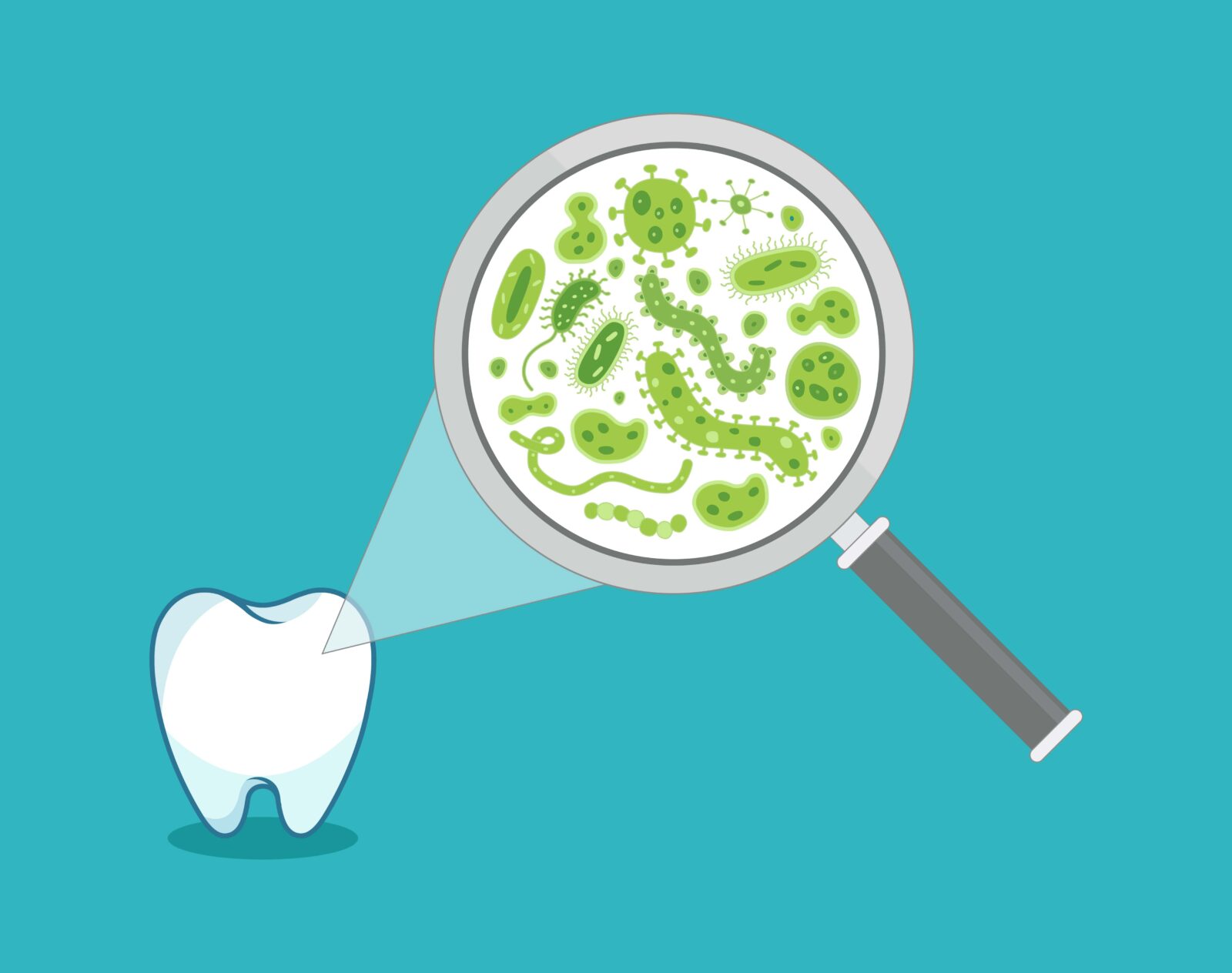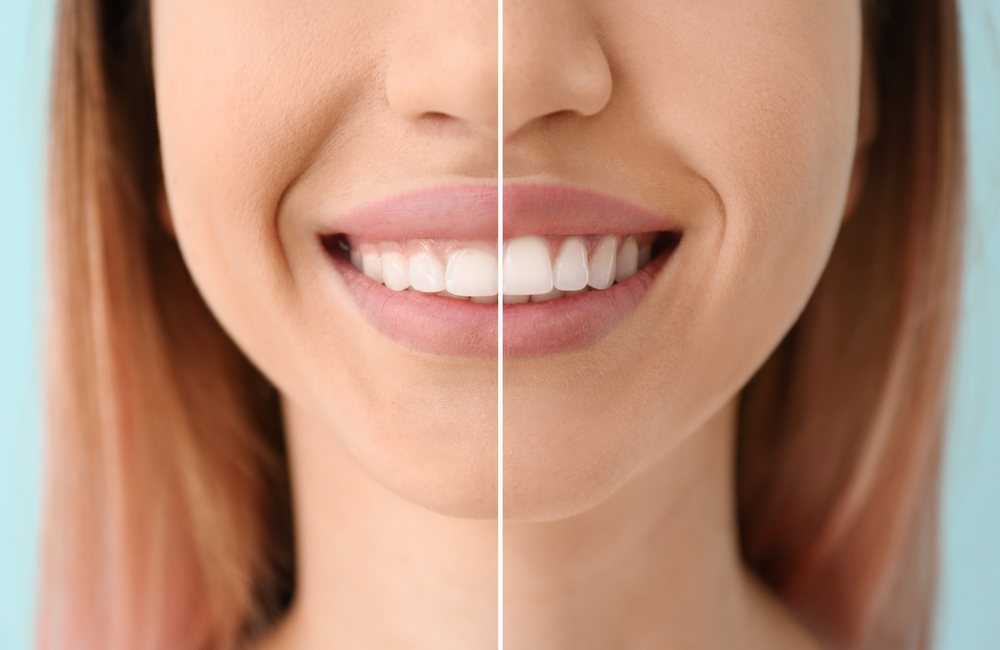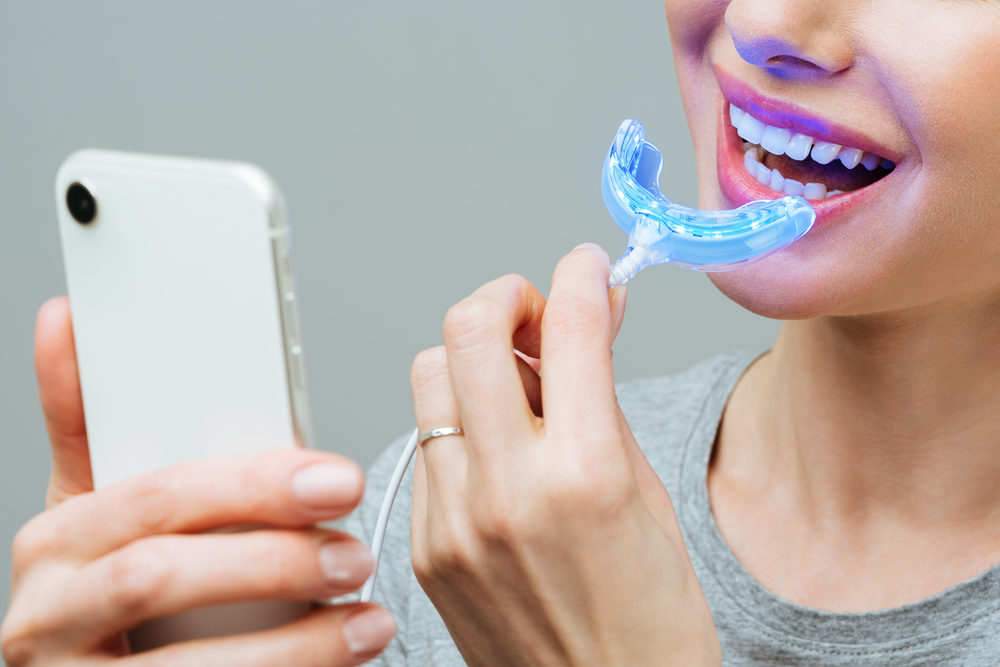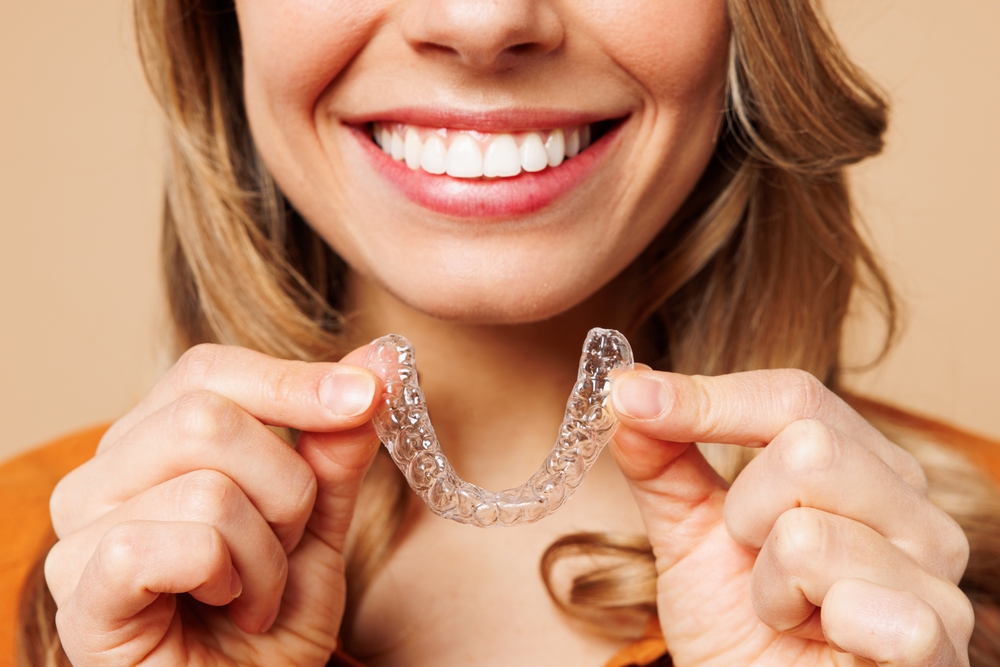Have you ever wondered what dental plaque is, and why it’s so important to remove? If so, then this blog post on the facts about plaque is for you! Plaque is a sticky film of bacteria that builds up on your teeth and gums — if left untreated, it can cause serious problems like cavities and gum disease. Knowing how plaque develops, how to identify it in its earliest stages, and what actions can be taken to prevent its buildup are key factors when treating and preventing oral health issues. In this article, we will break down everything you need to know about dental plaque: from identifying signs of plaque accumulation to understanding professional removal methods.
What is Plaque and What Causes it to Form?
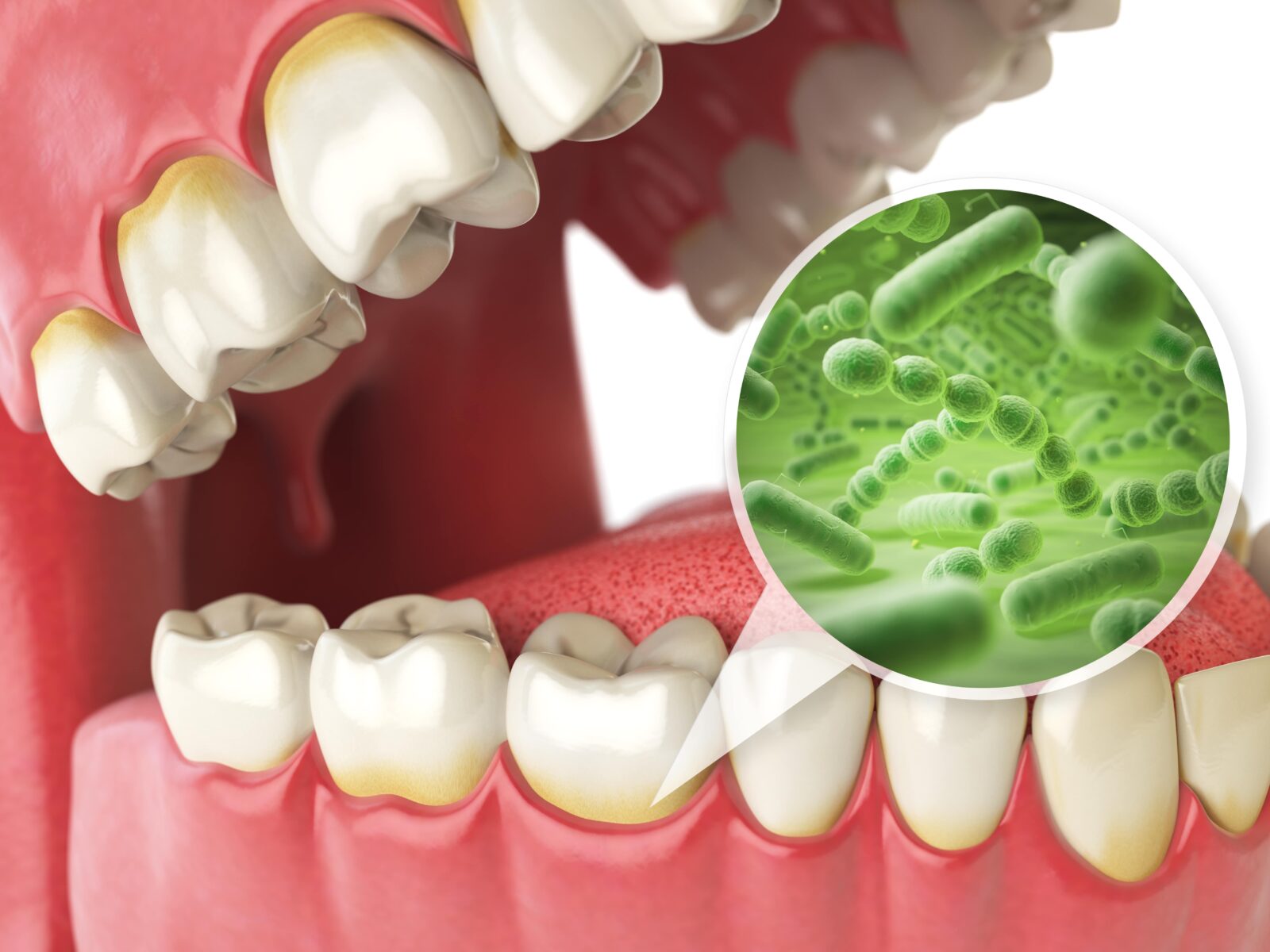
Plaque is an invisible film that constantly forms on our teeth and gums. Although it is primarily composed of water, the remaining components are 30% polysaccharides and glycoproteins, and 70% bacteria. It has been noted that over 1,000 different species of bacteria reside in dental plaque. Other names for plaque include: microbial plaque, oral biofilm, dental biofilm, dental plaque biofilm, or bacterial plaque biofilm.
Plaque forms when bacteria in the mouth combine with saliva and food particles to create a sticky, colorless film that coats the teeth and gums. The bacteria in plaque feed on sugars and starches in the food we eat and drink, producing acids that can erode tooth enamel and cause cavities.
If the plaque is not removed regularly through brushing, flossing, and regular dental cleanings, it can harden and turn into tartar. Tartar is a hard, yellow or brown substance that sticks to the teeth and can only be removed by a dental professional using special tools.
Over time, if left untreated, the bacteria in plaque and tartar can cause inflammation and damage to the gums, leading to gum disease. This is why it’s important to maintain good dental hygiene habits and get regular dental check-ups to catch and treat any potential problems early.
The Effects of Plaque on Your Oral Health
Plaque can have a significant impact on oral health. When plaque forms on teeth and gums, the bacteria in the plaque produce acids that can erode the tooth enamel, leading to cavities. Plaque buildup can also cause gum inflammation, which can lead to gingivitis or periodontitis, two forms of gum disease.
If left untreated, gum disease can lead to tooth loss, as the bacteria in plaque can damage the tissues and bone that support the teeth. Additionally, the inflammation caused by gum disease can contribute to other health problems, such as heart disease, stroke, and diabetes.
Plaque can also cause bad breath or halitosis, as the bacteria in the plaque produce volatile sulfur compounds that can give off an unpleasant odor.
Overall, plaque can have a range of negative effects on oral health, from cavities and gum disease to bad breath and more serious health problems. That’s why it’s important to maintain good dental hygiene and get regular dental check-ups to catch and treat any potential problems early.
How to Prevent Plaque Formation
Taking the proper steps towards prevention is key to keeping your teeth and gums healthy. When it comes to dental plaque, the best approach is a combination of proper oral hygiene habits and routine visits to the dentist. Establishing an effective daily routine helps to reduce the buildup of harmful bacteria in the mouth. This includes brushing twice a day for two minutes with fluoride toothpaste and flossing once daily. Additionally, regular checkups will help us keep tabs on any areas that plaque may be forming so they can be addressed quickly before causing damage.
It is also important to understand the factors that can lead to plaque formation. Factors that can contribute to plaque formation include poor dental hygiene, a diet high in sugars and starches, dry mouth, and certain medical conditions or medications that affect saliva production. By taking steps to reduce these risk factors and maintain good dental hygiene habits, you can help prevent plaque buildup and keep your teeth and gums healthy.
How to Remove Plaque
Removing dental plaque is important to maintain good oral health and prevent dental problems such as cavities and gum disease. Here are some ways to remove dental plaque:
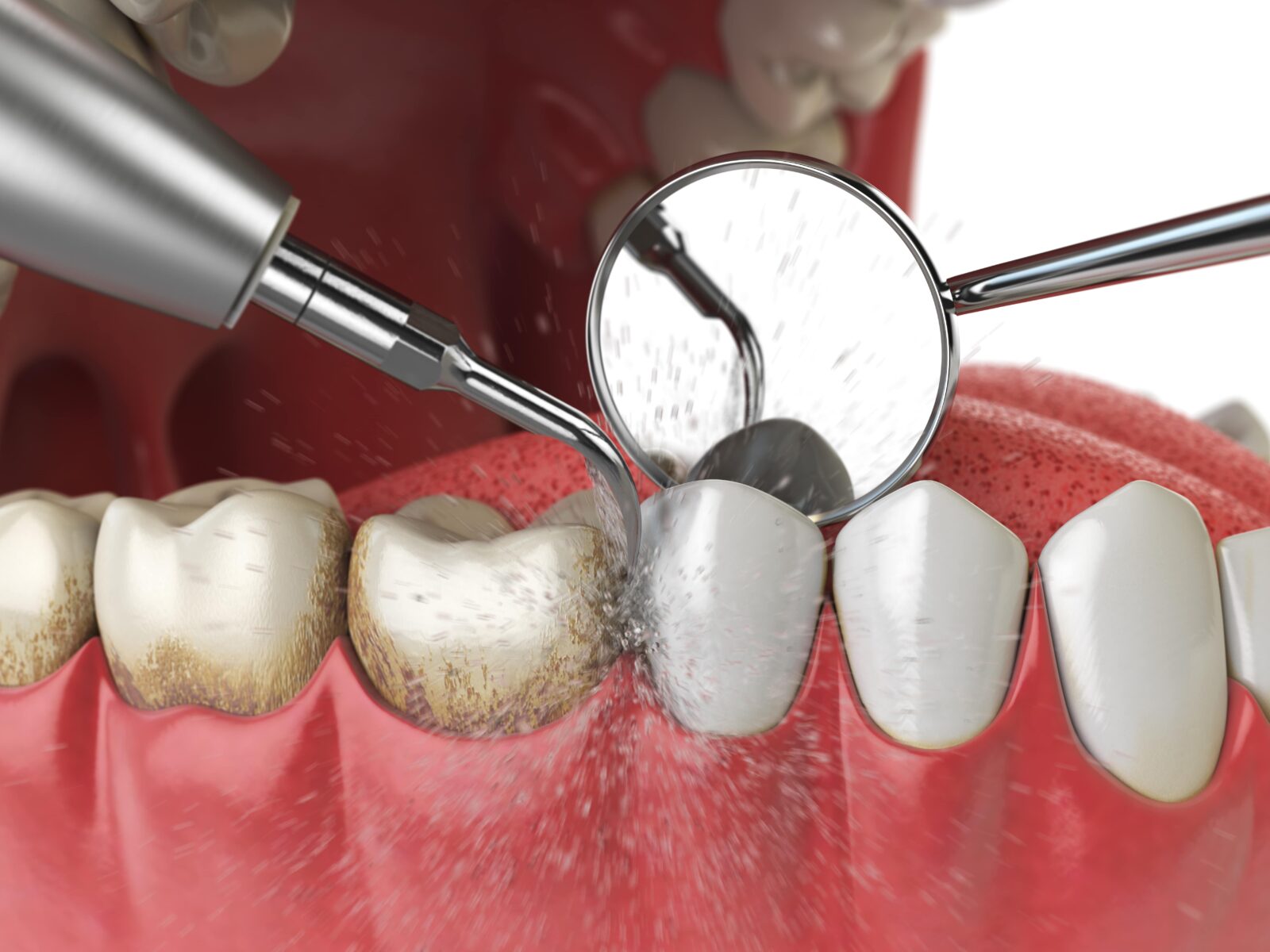
- Brushing: The best way to remove dental plaque is to brush your teeth twice a day using fluoride toothpaste. Brushing helps to remove the bacteria and food particles that combine to form plaque. Be sure to brush all surfaces of your teeth, including the fronts, backs, and chewing surfaces, and use a circular motion to reach all areas of the mouth.
- Flossing: Flossing is another important way to remove dental plaque. Flossing helps to remove plaque and food particles that are stuck between teeth and in hard-to-reach areas. Be sure to floss at least once a day, using a gentle back-and-forth motion to clean between each tooth.
- Mouthwash: Using an antiseptic mouthwash can also help to kill bacteria and remove plaque. Mouthwash can reach areas of the mouth that brushing and flossing may miss, and can also freshen breath.
- Professional Cleaning: Regular dental cleanings by a dental hygienist or dentist can also help to remove dental plaque. During a professional cleaning, the dental professional uses special tools to remove plaque and tartar from the teeth and gums.
It’s important to note that if you already have significant plaque buildup, it’s best to see a dental professional for a cleaning. Attempting to remove large amounts of plaque at home can cause damage to the teeth and gums. By maintaining good dental hygiene habits and getting regular dental check-ups, you can help to prevent and remove dental plaque and keep your teeth and gums healthy.
In Conclusion
Dental plaque may seem like a small problem, but it can have serious consequences for your dental health. By maintaining good dental hygiene and getting regular cleanings, you can prevent and remove plaque buildup and keep your teeth and gums healthy. Remember to brush, floss, and use mouthwash daily, and be sure to schedule regular dental check-ups to catch any potential problems early. With a little bit of effort, you can keep your smile healthy and bright for years to come!

